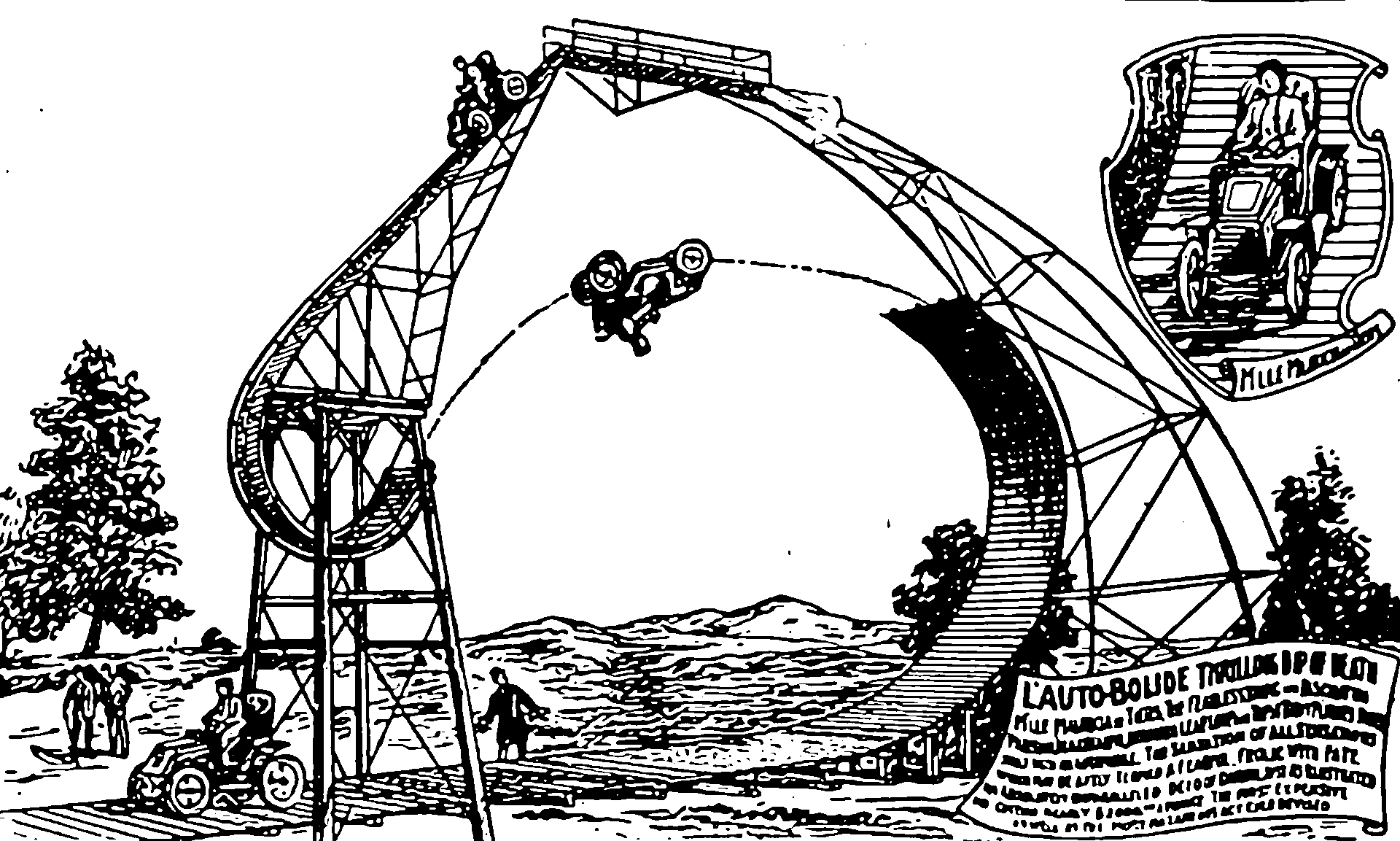Remember linear time invariant systems, as made famous by signal processing? Now relax the assumption that the model is linear, or even that its state space is in \(\mathbb{R}^n\). Maybe its state is a measure, or a symbol, or whatever. Now say the word “chaos!” Pronounce the exclamation mark. Maybe it’s a random system, a stochastic process, or a deterministic process representing the evolution of the measure of a stochastic process or whatever.
(Regarding that, one day I should try to understand how Talagrand uses isoperimetric inequalities to derive concentration inequalities.)
Topics that I should connect to this one: the weird end: “nonlinear time series wizardry”, Also “sync”. And “ergodic theory”.
To wish I understood: Takens embedding, and whether it is any statistical use at all.
There is too much to do here, and it’s done better elsewhere. Therefore: Idiosyncratic notes only.
References
Badii, and Politi. 1999. Complexity: Hierarchical Structures and Scaling in Physics. Cambridge Nonlinear Science Series.
Fraser. 2008. Hidden Markov Models and Dynamical Systems.
Grassberger, Schreiber, and Schaffrath. 1991.
“Nonlinear Time Sequence Analysis.” International Journal of Bifurcation and Chaos.
Ionides, Bretó, and King. 2006.
“Inference for Nonlinear Dynamical Systems.” Proceedings of the National Academy of Sciences.
Kantz, and Schreiber. 2004. Nonlinear Time Series Analysis.
Kelso. 1995. Dynamic Patterns: The Self-Organization of Brain and Behavior (Complex Adaptive Systems).
Marwan. 2008.
“A Historical Review of Recurrence Plots.” The European Physical Journal Special Topics.
Mordvintsev, Randazzo, Niklasson, et al. 2020.
“Growing Neural Cellular Automata.” Distill.
Packard, Crutchfield, Farmer, et al. 1980.
“Geometry from a Time Series.” Physical Review Letters.
Raginsky. 2011.
“Directed Information and Pearl’s Causal Calculus.” In
2011 49th Annual Allerton Conference on Communication, Control, and Computing (Allerton).
Ryabko, and Ryabko. 2010.
“Nonparametric Statistical Inference for Ergodic Processes.” IEEE Transactions on Information Theory.
Schöner. 2002.
“Timing, Clocks, and Dynamical Systems.” Brain and Cognition.
Smith. 2000. “Disentangling Uncertainty and Error: On the Predictability of Nonlinear Systems.” In Nonlinear Dynamics and Statistics.
Strogatz. 2001. Nonlinear Dynamics And Chaos: With Applications To Physics, Biology, Chemistry, And Engineering (Studies in Nonlinearity).
